BONUS CONTENT/EXPANDED FEATURE STORY

Two or more generations of the same family have worked each of these American farms, in some cases for hundreds of years. It’s a tradition that binds people young and old to places and enterprises, and to ways of life that are becoming rarer and rarer as farm life is squeezed out by modern ways
By Sarah Mahoney
Photographs by Andy Anderson
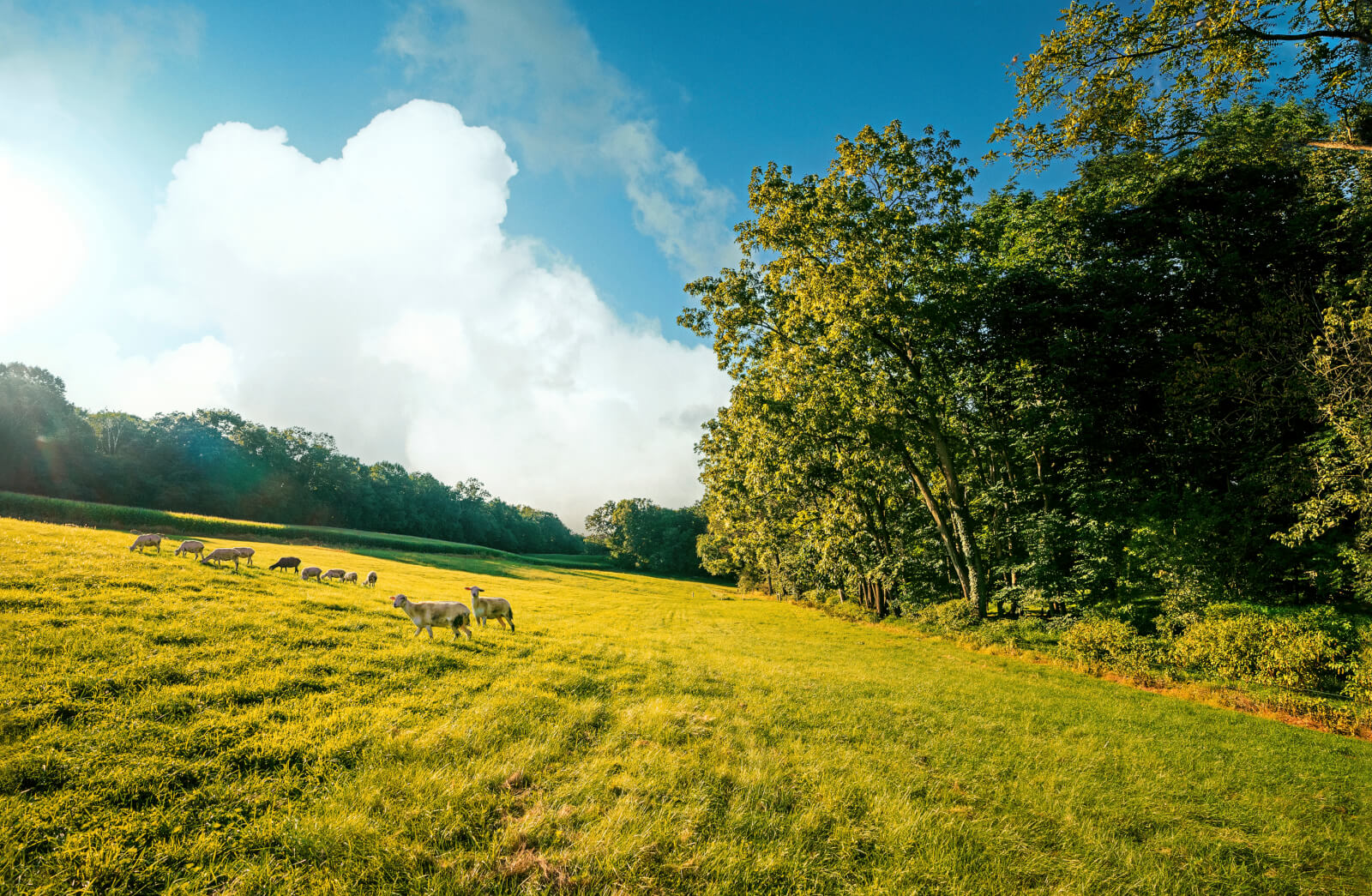
Sheep
GREENE’S LAMB
WHITE HALL, MARYLAND
DAVID AND NANCY GREENE, both 81, can’t remember a time when farming wasn’t their dream. His ancestor arrived from Ireland in 1752 and got this farm in 1786. That makes David the sixth generation of his family to work the 100-acre property, which the Greenes have turned into a successful sheepraising operation.
“I grew up on a smaller farm about 10 miles away,” David says. “The farm we’re on now came down from my mother’s side of the family—her father grew up here. This is where we had family gatherings and reunions. It always felt like home. And it feels good to succeed at something difficult.”
“When we started dating,” Nancy says, “we’d come up here and see his relatives, and I loved this place right away.”
The couple sell wool and livestock, but their main income source is meat. “We’re pretty efficient, especially now that we only sell directly,” David says. “People come to the farm to get their orders two days a week.”
With no children, the Greenes know that the farm may be sold eventually. “I’m a realist,” David says. “It would be nice if I went out the road first, before the sheep did. I would be very happy with that. I’d rather not be the one who sells it.”
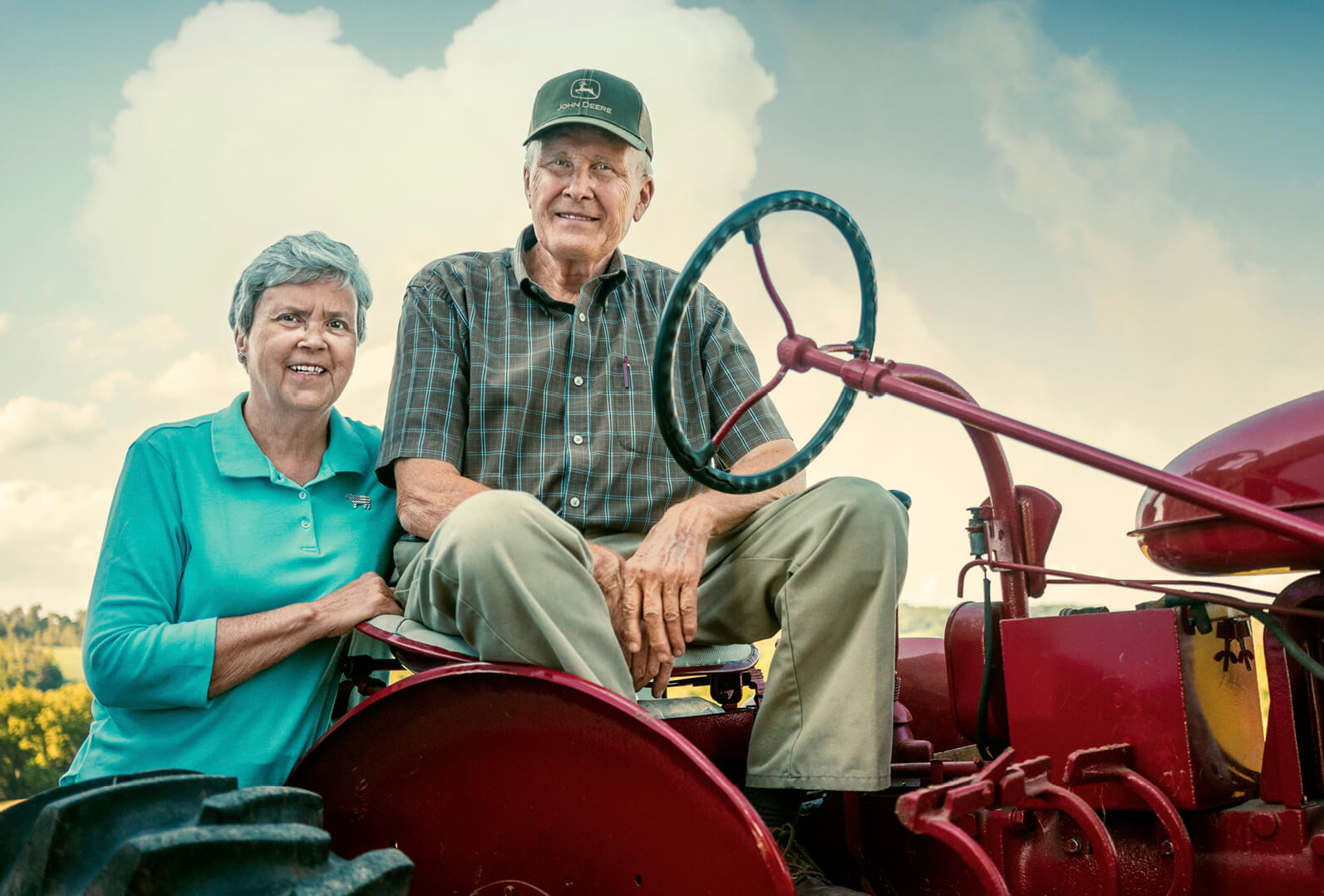
Nancy and David Greene with one of their two restored antique tractors

A curious ewe

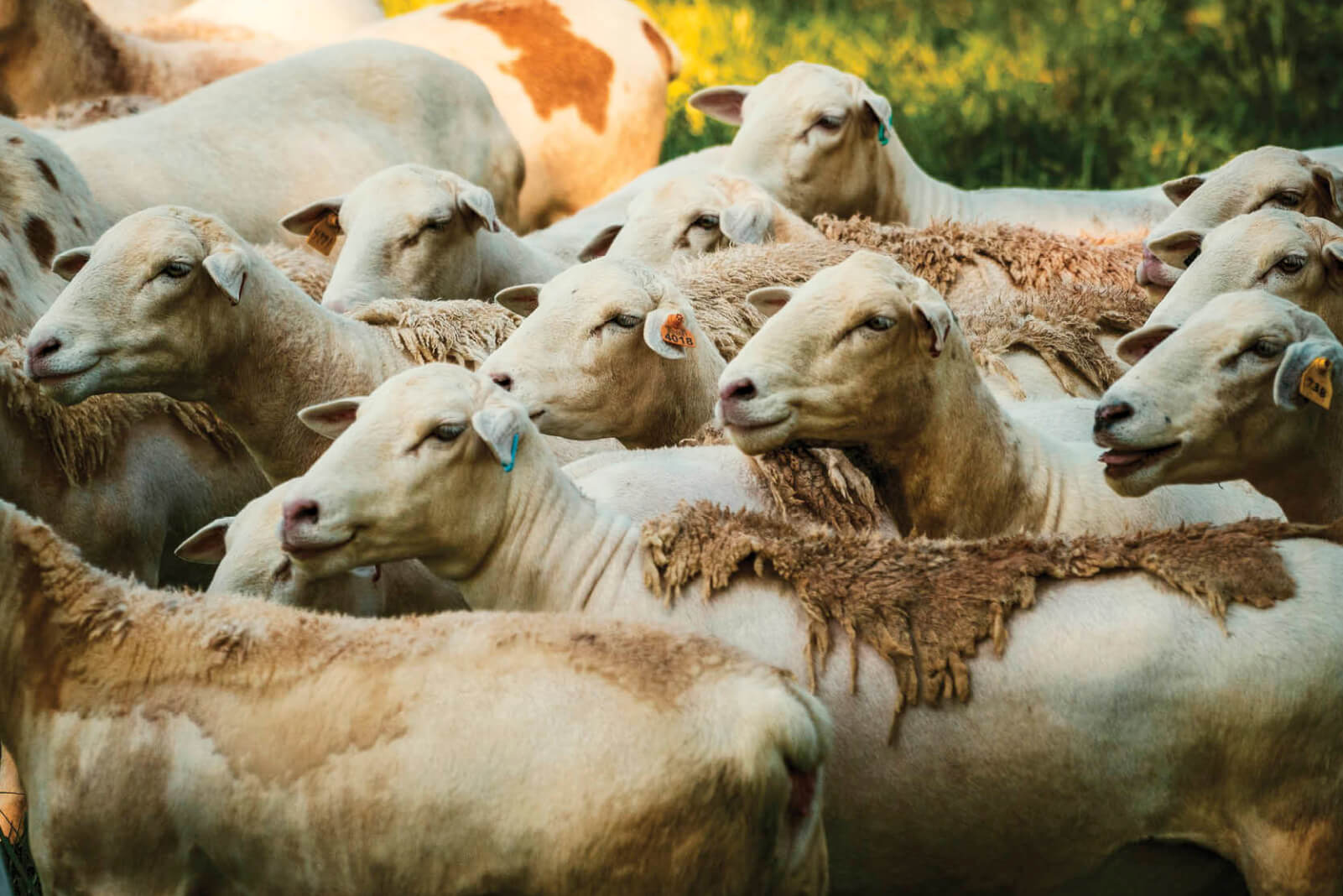
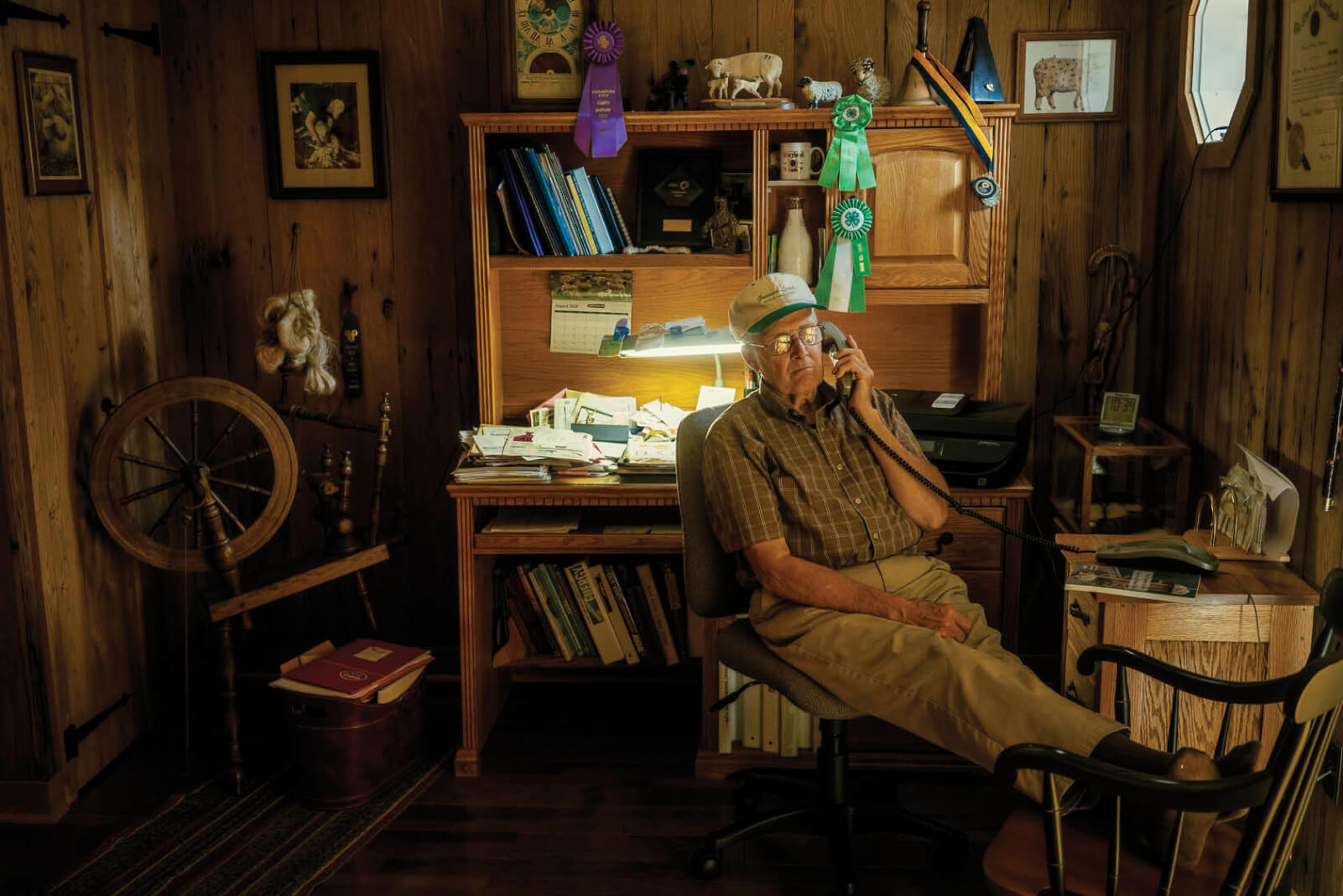
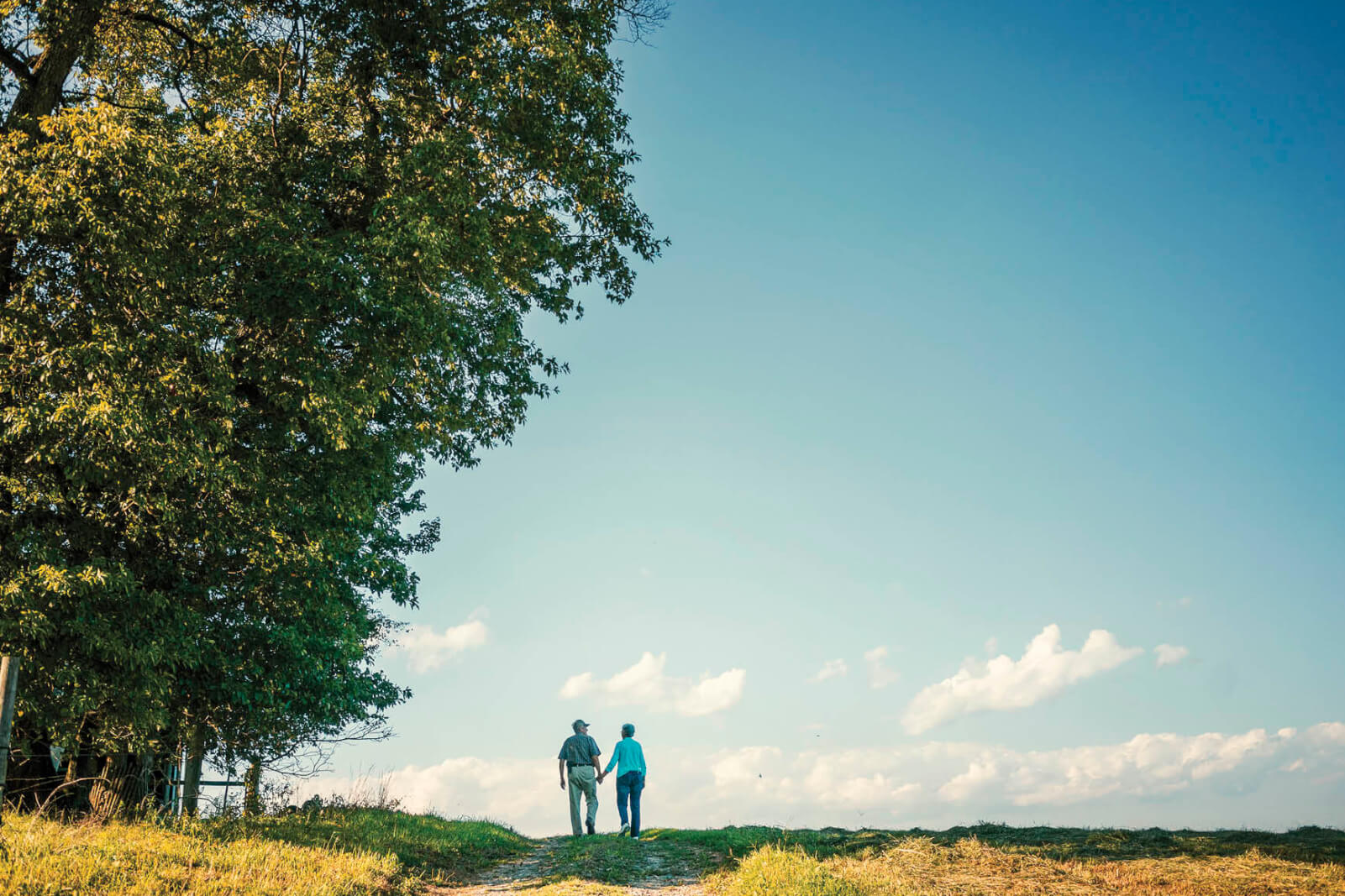

The grandkids frolic.
Corn+
VETTER HERITAGE FARMS
AURORA, NEBRASKA
The Vetter farm dates back to the late 19th century, when pioneers streamed into Nebraska’s Hamilton County. By 1908, Stephen Vetter’s grandfather was successfully farming. Eventually, Steve’s dad was, too. Steve, now 74, moved to Lincoln, became a pharmacist and married Doris, 73, a high school English teacher. But by 1980, farming had lured him back. In 2011, he retired; his son Curran stepped in to run the 900-acre operation. Doris and Steve currently live in Aurora and visit the farm often to spend time with Curran; his wife, Megan; and grandkids Phoebe and Micheal. Two other sons live nearby. “When all the grandchildren are playing in that big yard, you remember past generations doing those same things,” Doris says.
Some change is welcome. “We’re always trying something, to diversify and not just rely on corn and soybeans,” says Megan. “So we have chickens and bees, and we’ve started a Christmas tree farm.”
Through the Dust Bowl, hail, tornadoes and constantly fluctuating crop prices, “farming has been a really good life,” Doris says.
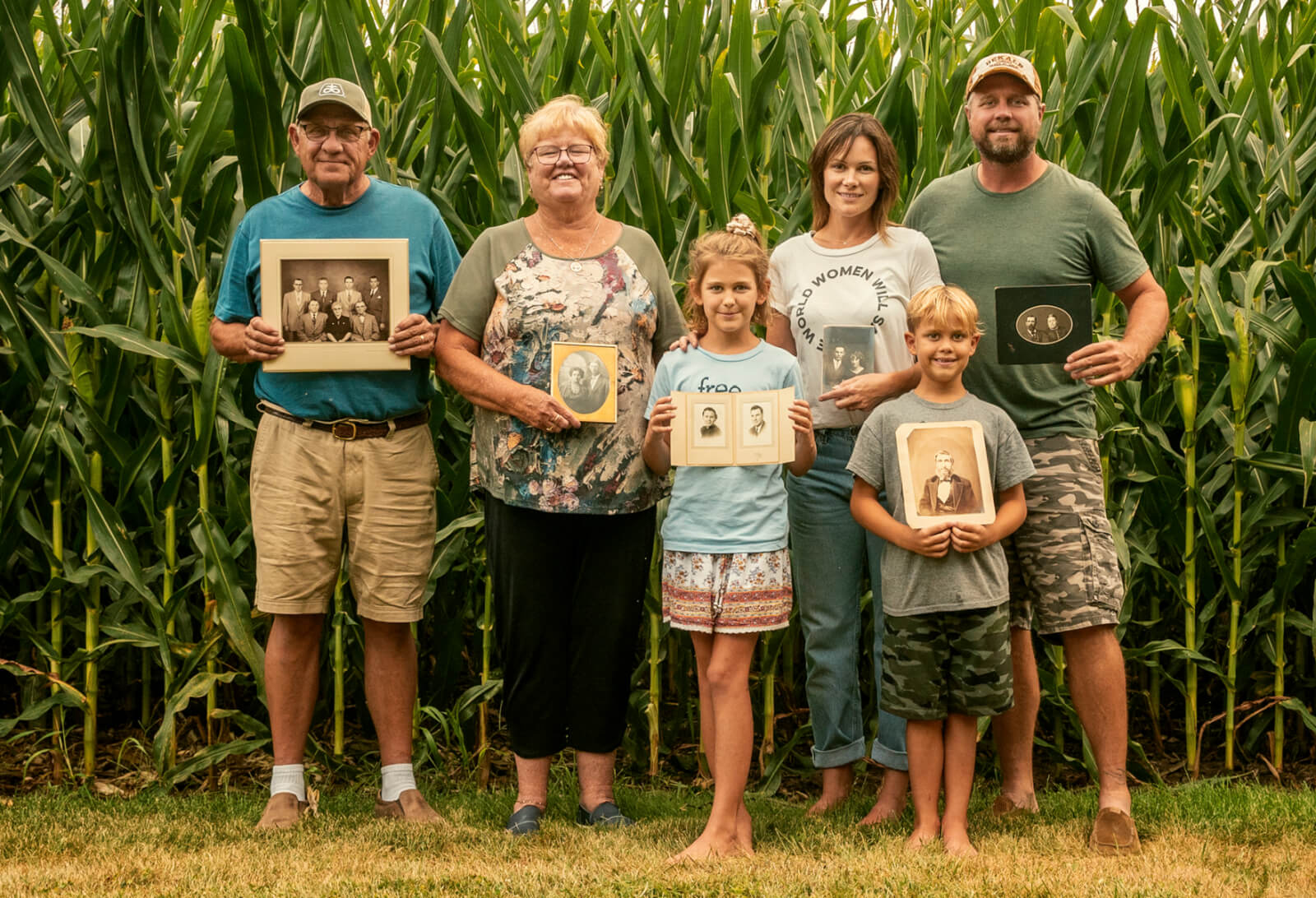
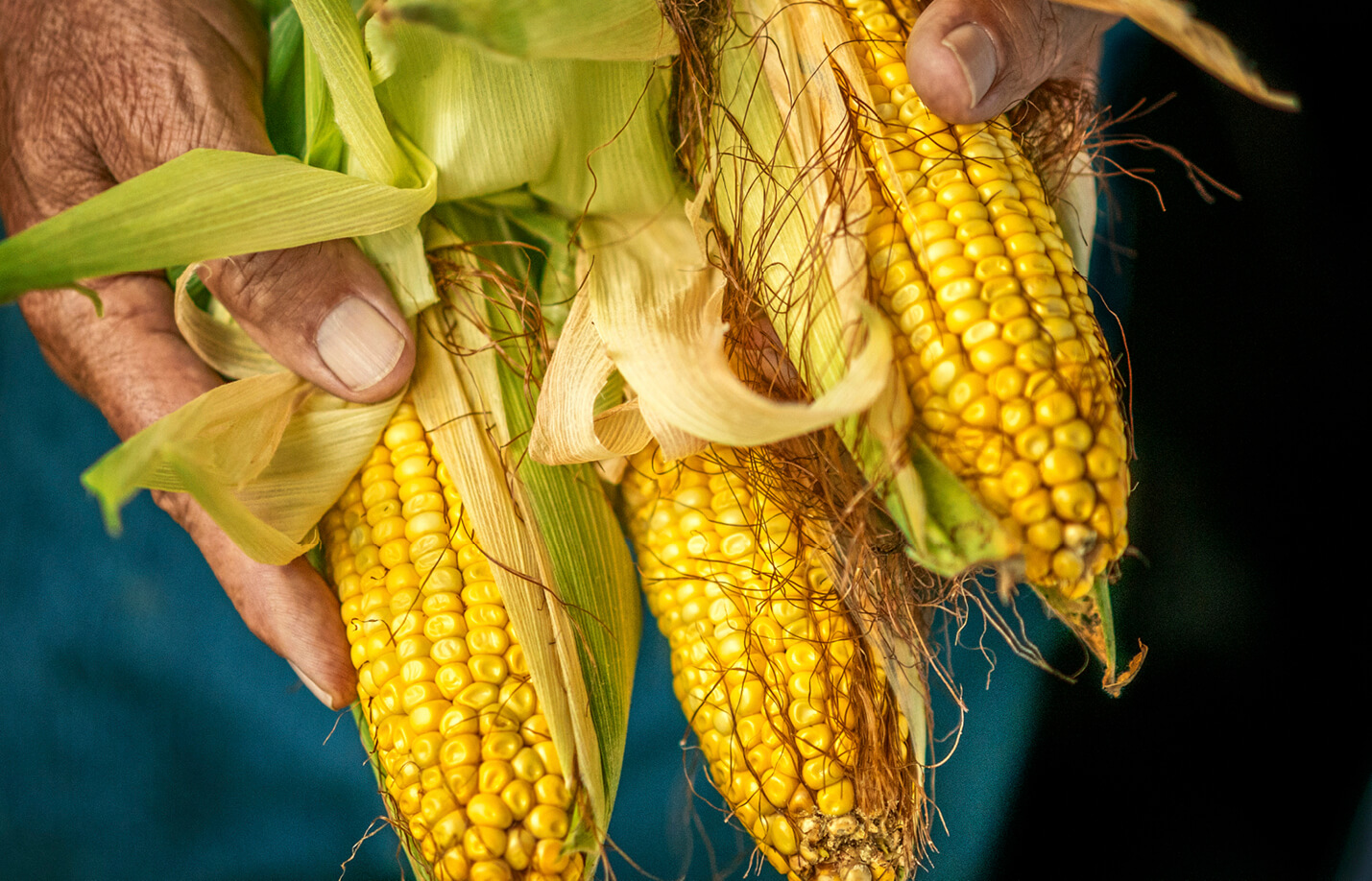

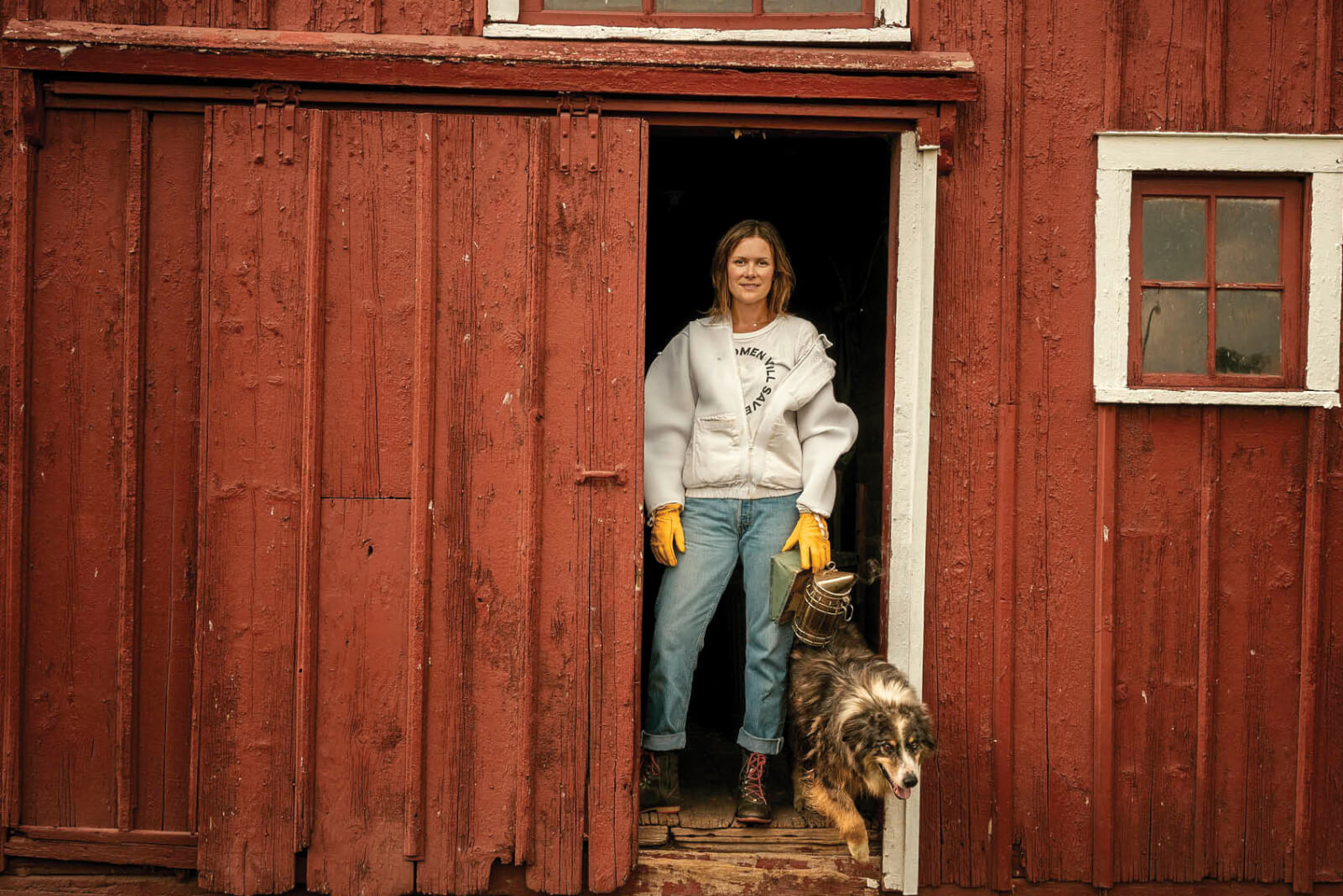
From top: The family poses with photos of forebears; feed corn; Steve and Curran at work on one of their farm tractors; Megan Vetter with good boy Harvey
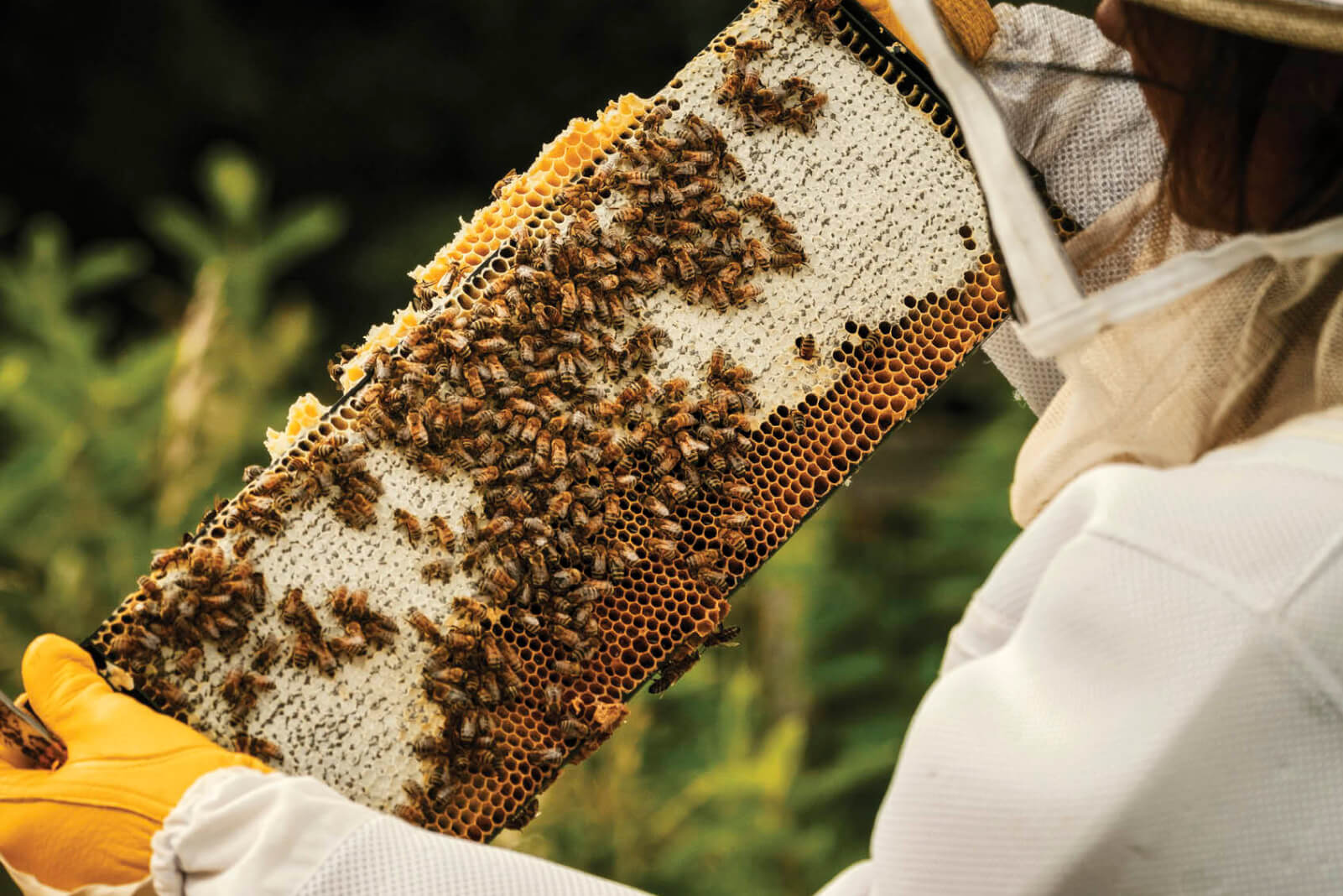
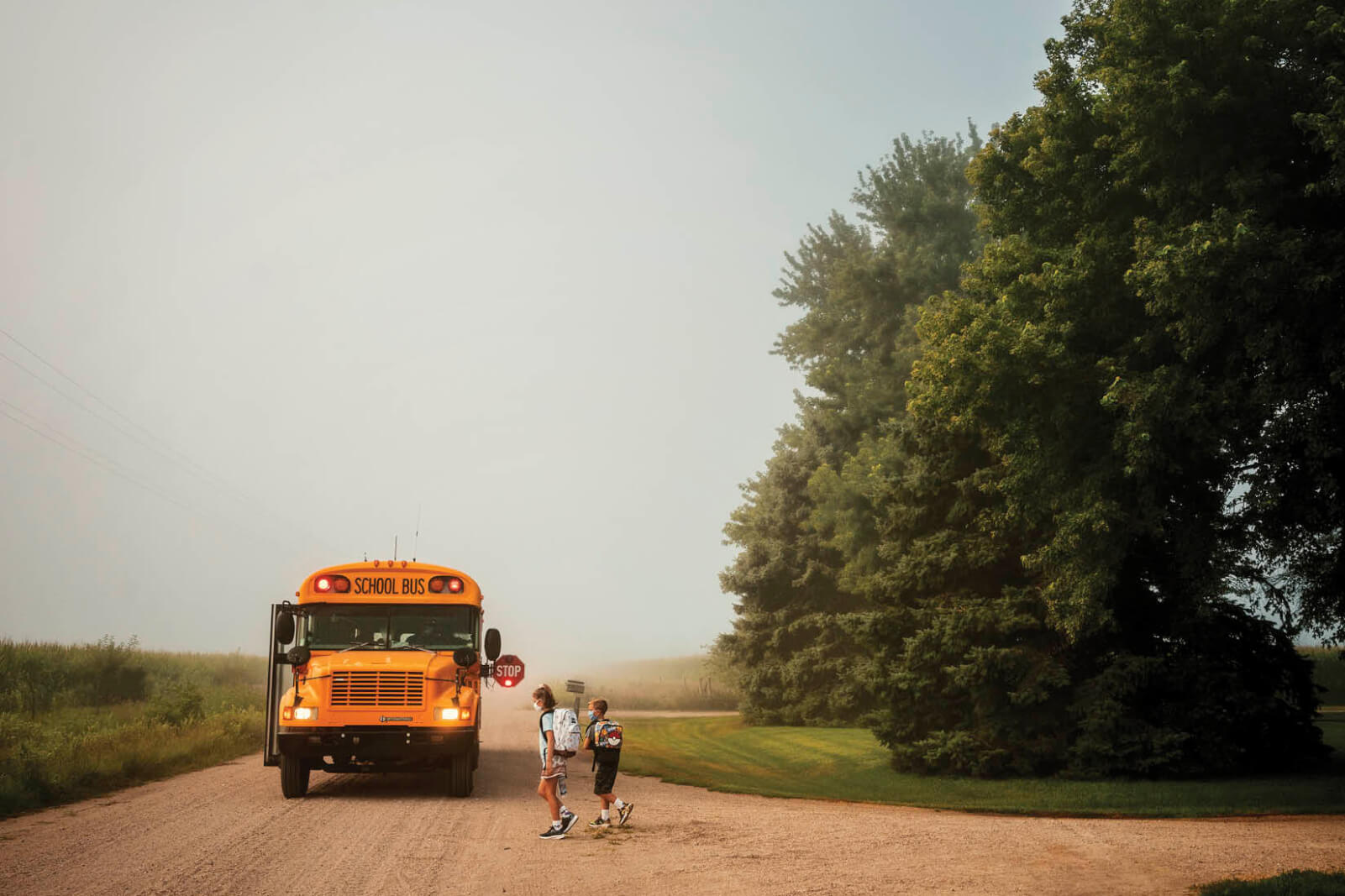
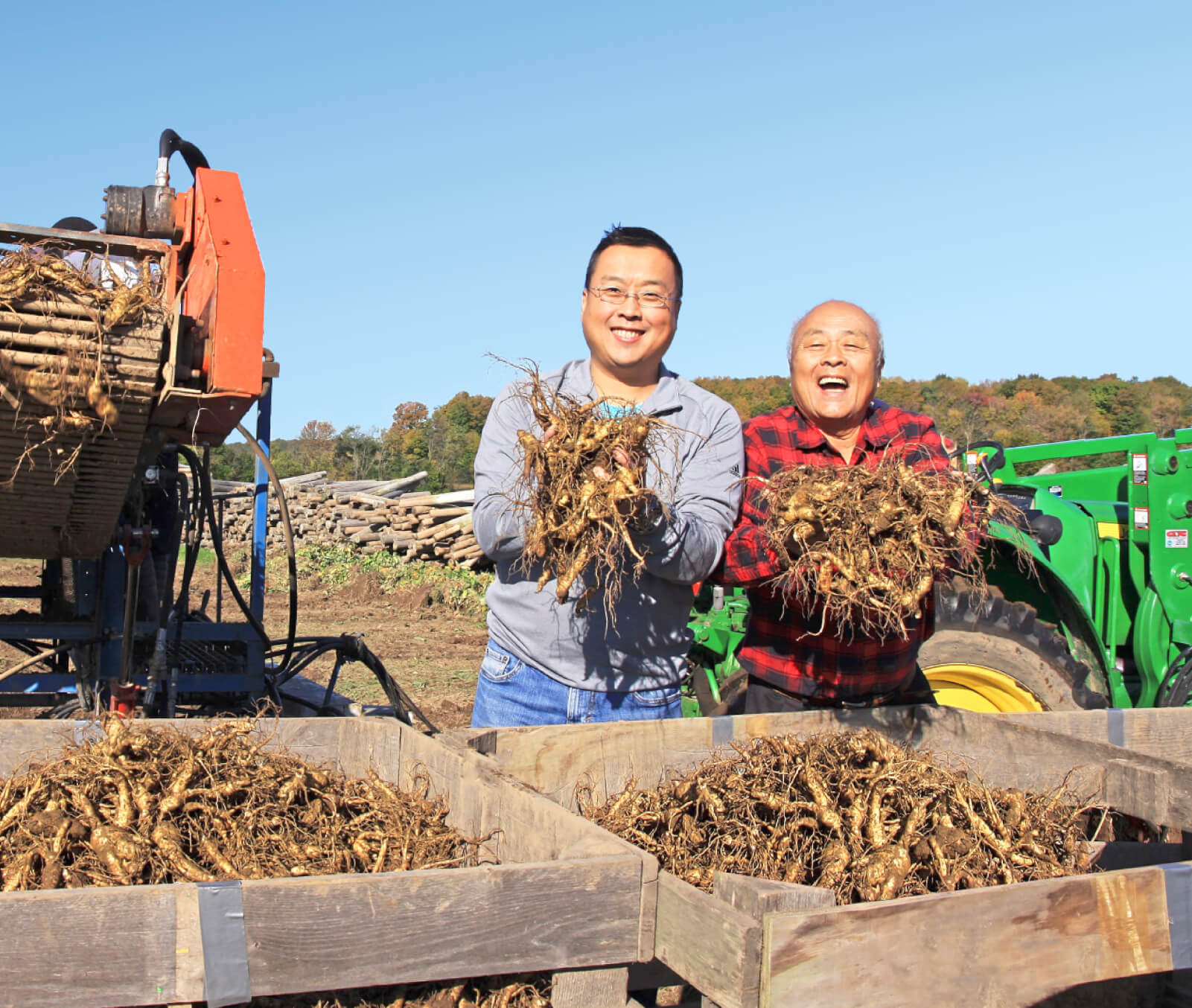
Will Hsu, left, enjoys a light moment during the ginseng harvest with his father, Paul.
Ginseng
HSU’S GINSENG FARM
WAUSAU, WISCONSIN
Paul Hsu, 80, a native of Taiwan whose family were farmers there, started the farm in Wisconsin as a mail-order business in 1974. His son Will, 46, graduated from college in 2000, earned an MBA from Harvard and then went to work for General Mills.
“There wasn’t much reason to come home,” Will says. “I had a good job. The market for ginseng was horrible. And there’s nothing that’s especially fun about picking rocks or managing pests.”
But when Paul was diagnosed with cancer in 2010, Will, his oldest son, came home, and over the next five years the farm’s management slowly shifted to him. “I knew the farm was where I needed to be,” Will says.
Today, with Will at the helm, the 1,000-acre farm is a global operation, producing more than 200,000 pounds of ginseng annually.
With new management came new ways of doing things: “I used to dig posts and pick rocks by hand,” recalls Paul. “Now we have mechanical harvesters and post pounders that line everything up perfectly, using GPS.”
Still, Paul keeps his hand in. “I focus on the part of the business I love, which is spending time in the woods. It can take 10 years for the roots to fully mature, but it’s nice to see them coming in. It makes me so hopeful about the future.” —David Hochman
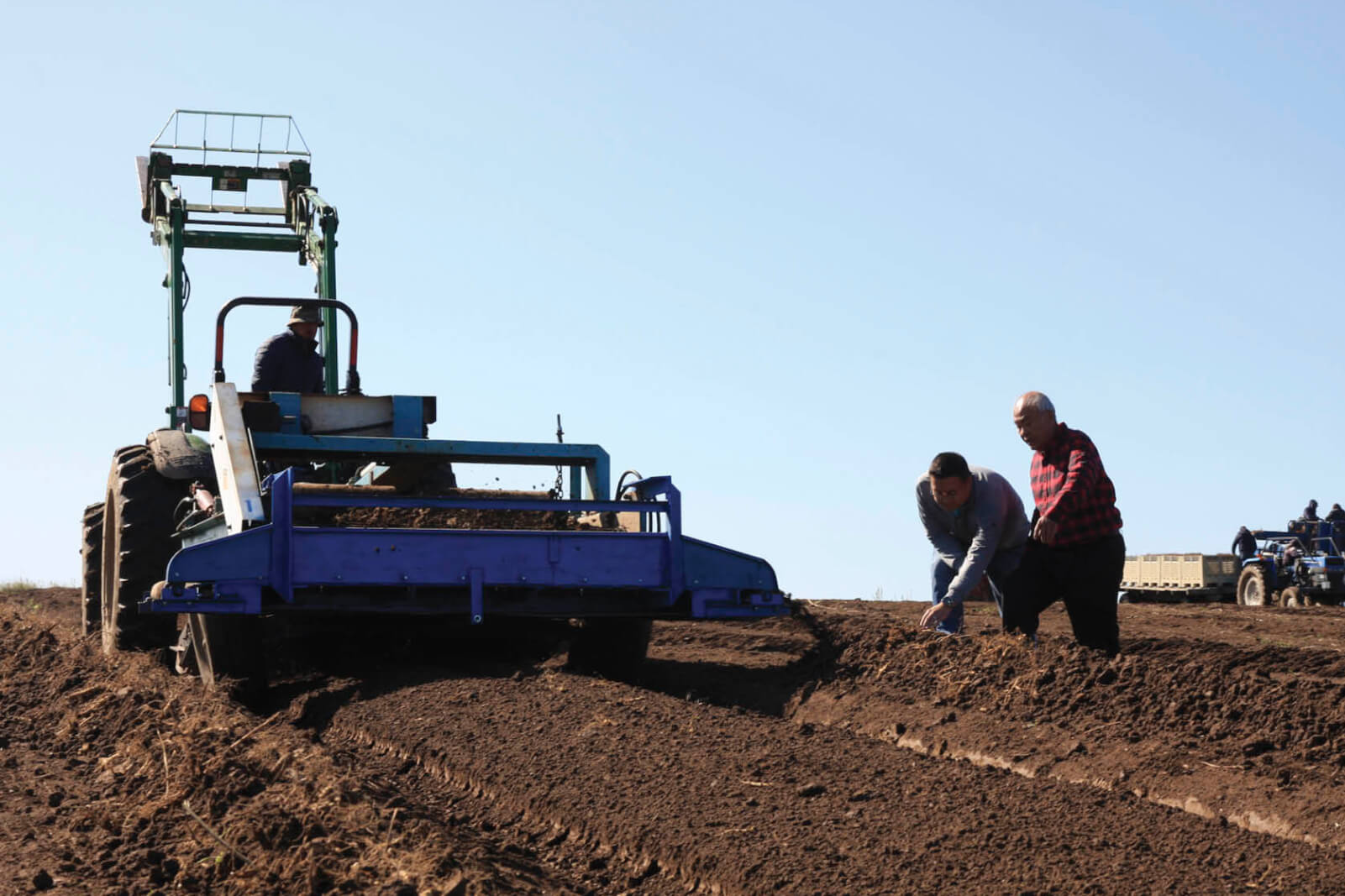
Mechanical harvesters help bring in the crop.


Photographs by Tzu-Fang Tseng
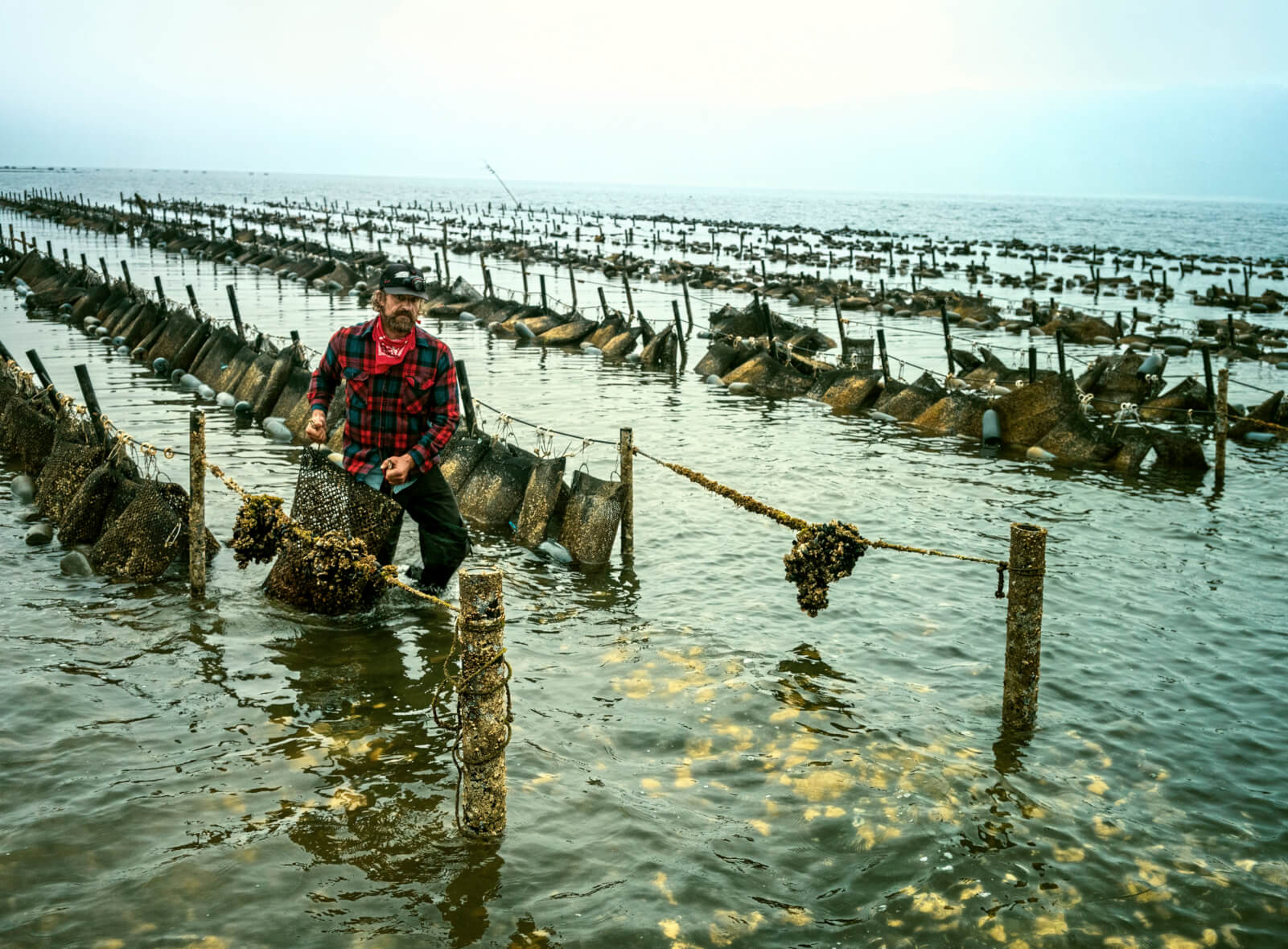
Adam James harvesting oysters
Oysters
HAMA HAMA OYSTER FARM
LILLIWAUP, WASHINGTON
Set on Washington’s stunning Hood Canal and the clear, cold Hamma Hamma River, the farm began as a timber business in 1922. Third-generation owner Bart Robbins, who died in 2021, sold shrimp on the side to make ends meet. Soon he added oysters, developing a devoted Seattle following. Bart’s son, Dave, 71, and daughter, Helena James, 74, are retired after decades in the business. But Helena’s son Adam, 44, and her daughter, Lissa James Monberg, 41, run the oyster farm. (Their brother, Tom, 46, and his wife, Kendra, 44, head the company.)
Adam and Lissa both left home for college, travel and other jobs but later came back. “I was in middle school when I realized that I was one of the luckiest people on the planet, to be in the woods here, and especially on the water,” Lissa says. The family’s retail business was low-key for decades. But ever since Lissa took that over in 2005 and started online sales, then opened the Oyster Saloon in 2014, business has boomed.
“I wonder what my grandparents would think,” Helena marvels. “Could they ever have imagined us selling oysters on the internet?”
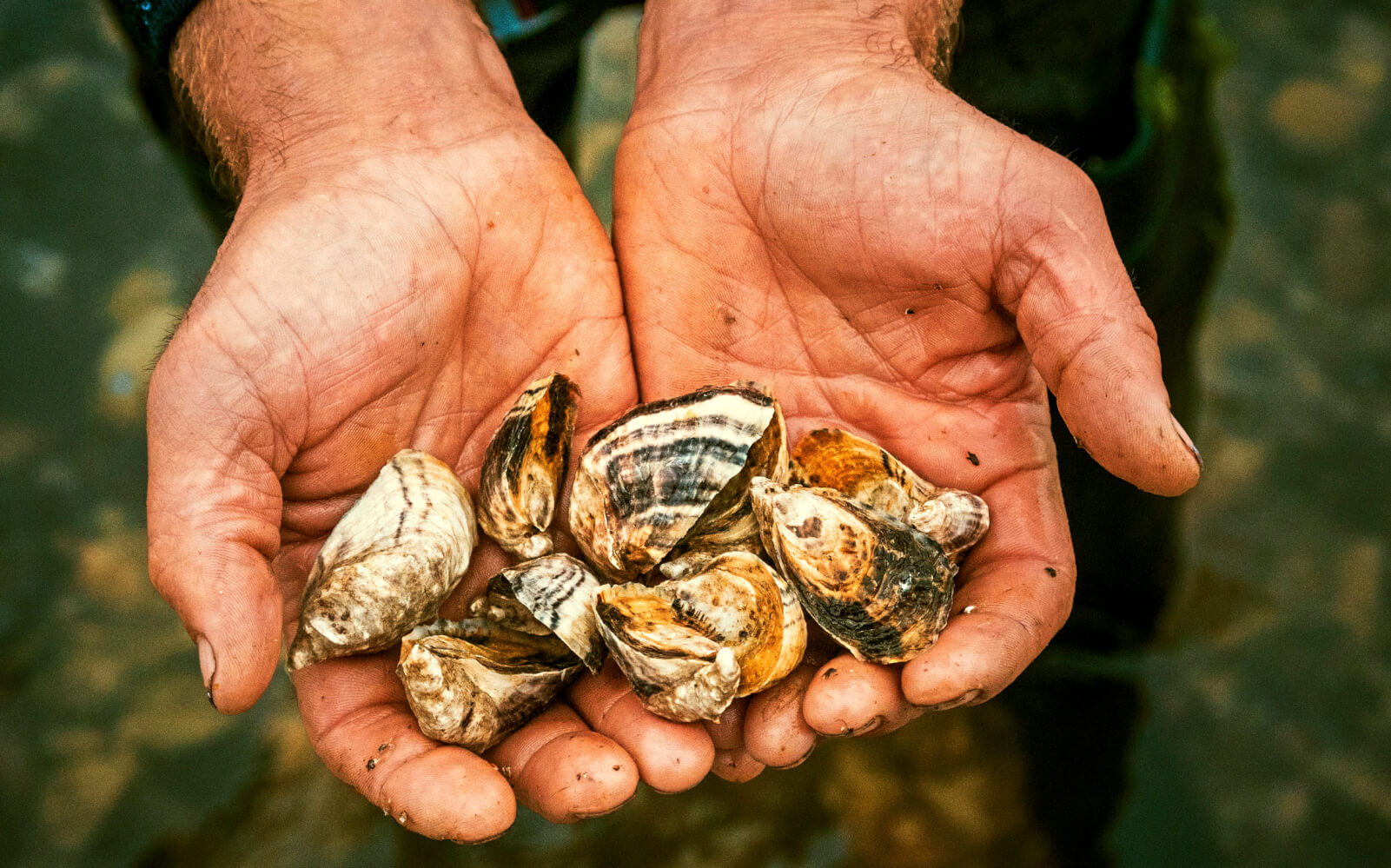
A handful of freshly picked Blue Pool oysters
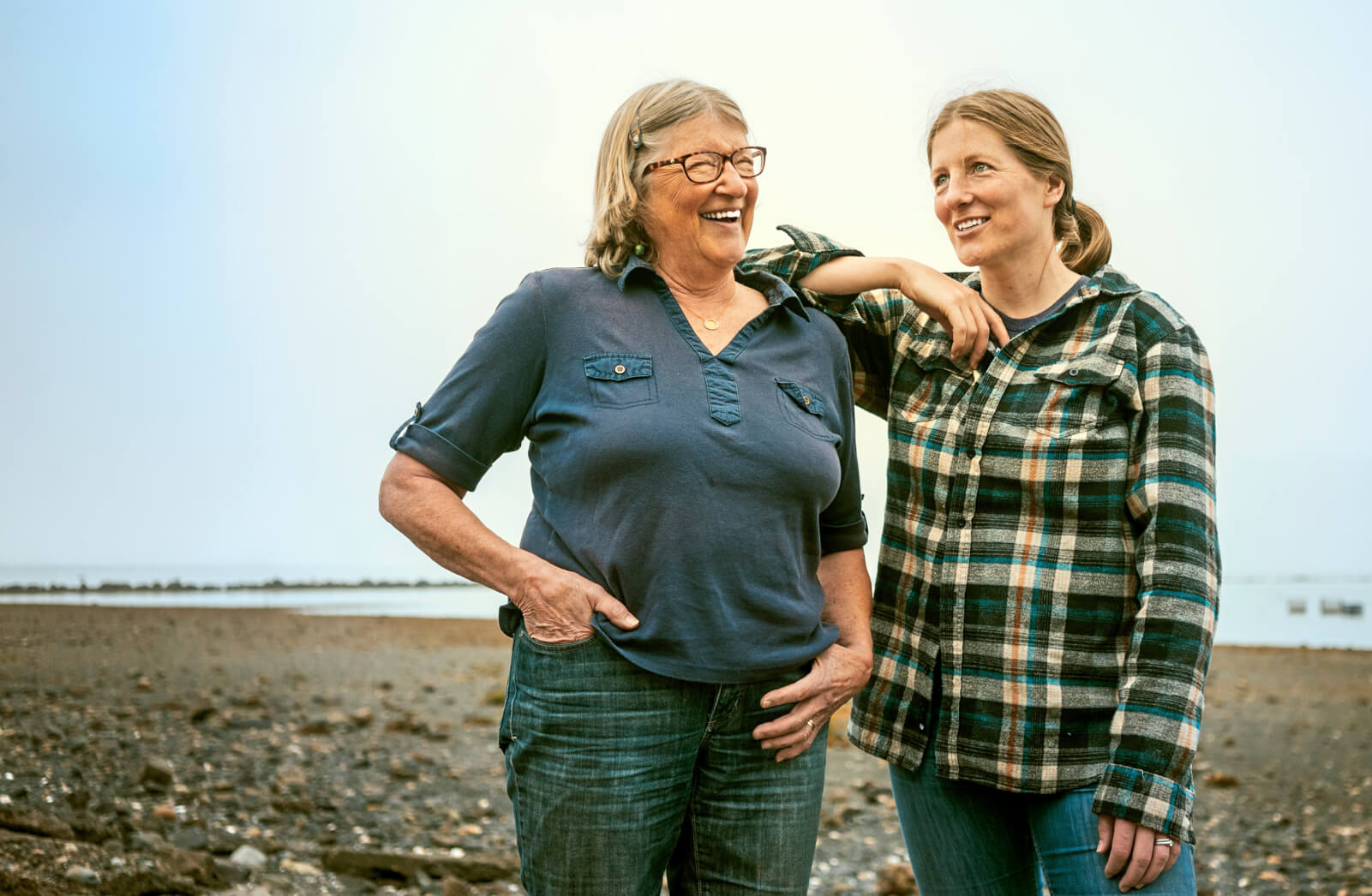
Helena James chats with her daughter, Lissa.

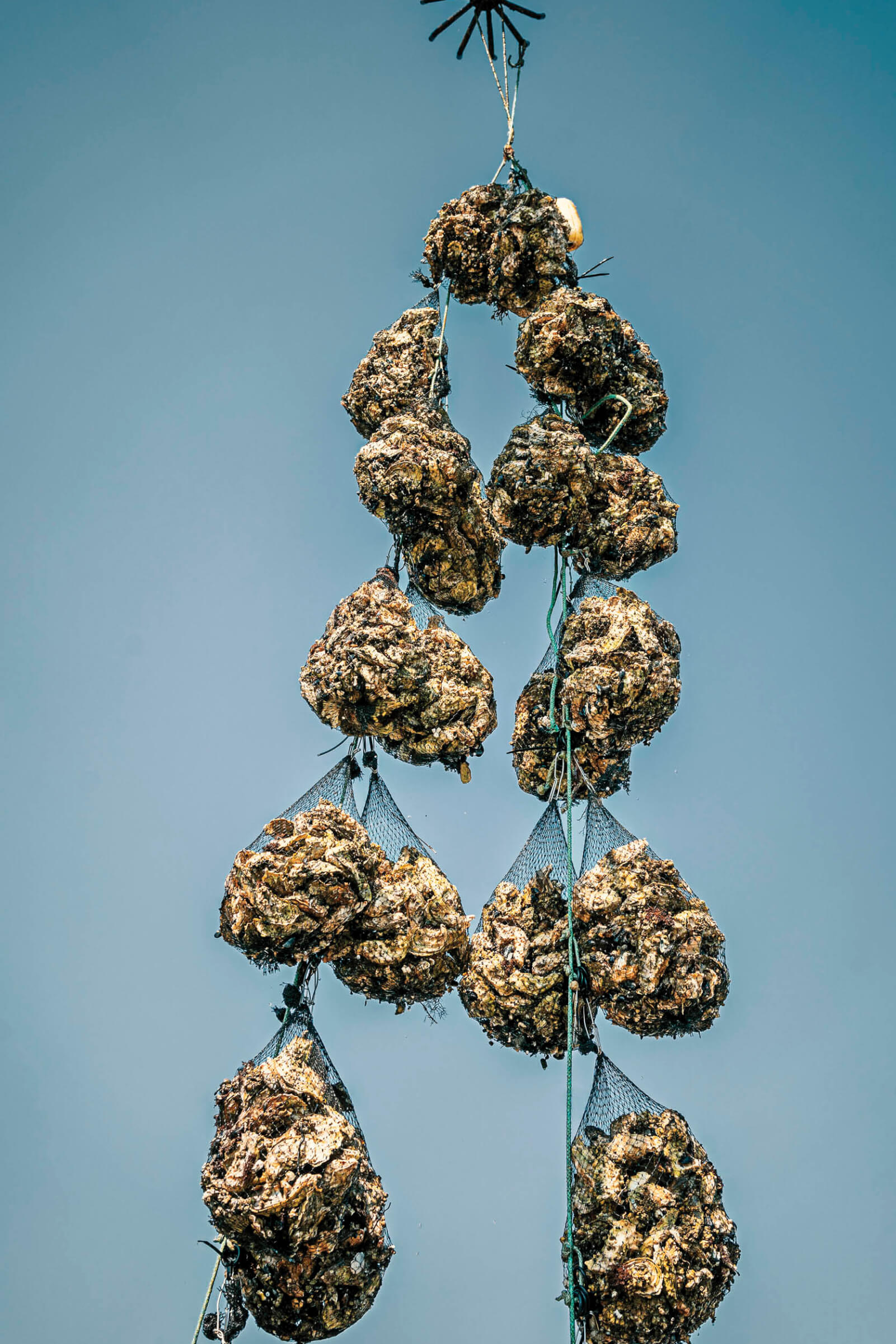
Oysters gathered into bags by hand are hoisted aloft by a crane.
